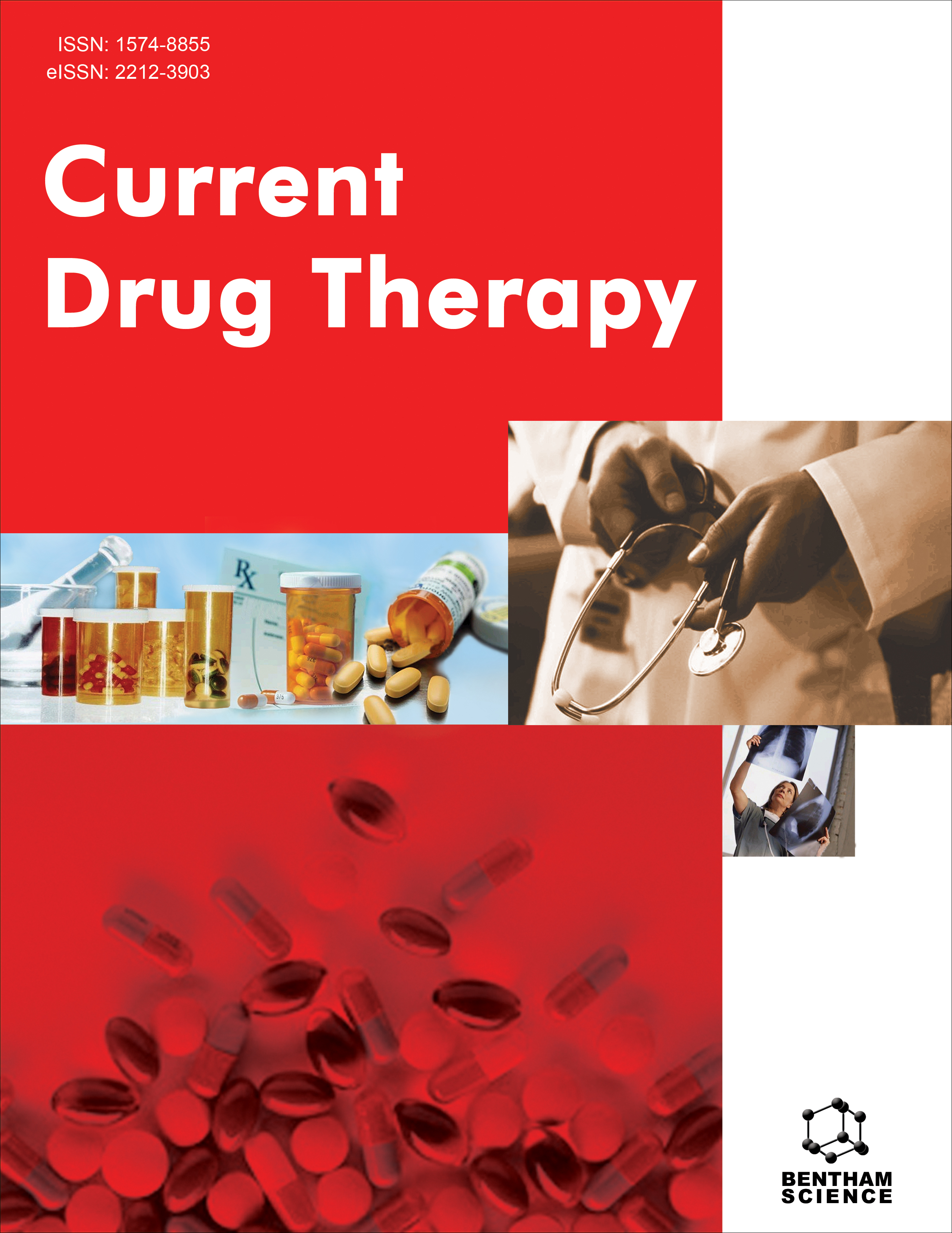
Full text loading...
We use cookies to track usage and preferences.I Understand
In the current scenario, discovery of natural bioactive components can be considered as a major development in treating common ailments. One of the medicinally important herbs is Murraya koenigii. The biological functions are promoted by the leaves, fruits, roots, and bark of this beautiful plant. It is the carbazole alkaloids that promote most of the medicinal properties and contribute to the anti-oxidative properties as well. Terpenoids, Flavonoids, Saponins and Phenols isolated from different parts of the plant have unique hypocholestrolemic and antidiabetic activities. Among commonly used alternative therapies, plant sterols present in M. koenigii may help to reduce cholesterol and triglyceride levels, in turn managing heart diseases. Experimental animal studies are proving the hypolipidemic ability of M. koenigii. Possible mechanisms involved in exhibiting such an amazing hypolipidemic ability can be attributed to the phytochemicals, some of which can reduce the absorption of cholesterol in the intestines or accelerate the catabolism of fats. In contrast, others can inhibit the enzyme HMG CoA reductase. M. koenigii can inhibit pancreatic lipase. Such a response could be due to the presence of carbazole alkaloids like Mahanimbin, Isomahanine, Murrayacinine, Koenimbine, Mahanimboline, Murrayazolinine, Girinimbine etc. These enzymes can be selected for the pharmaceutical mediation of hypocholesterolemia agents. A triumph over the production of lipids in the hepatic cells is achieved upon feeding M. koenigii, thereby bringing about a drastic fall in triglyceride levels. The present review provides a better understanding of the major components of M. koenigii against dyslipidemia that could serve as an herbal alternative while treating other pathological conditions. Although various extracts of M. koenigii have numerous medical applications, an extensive investigation of their toxicity, along with more clinical trials and standardization of protocols, is required to produce modern drugs from these leaf extracts.

Article metrics loading...

Full text loading...
References


Data & Media loading...

